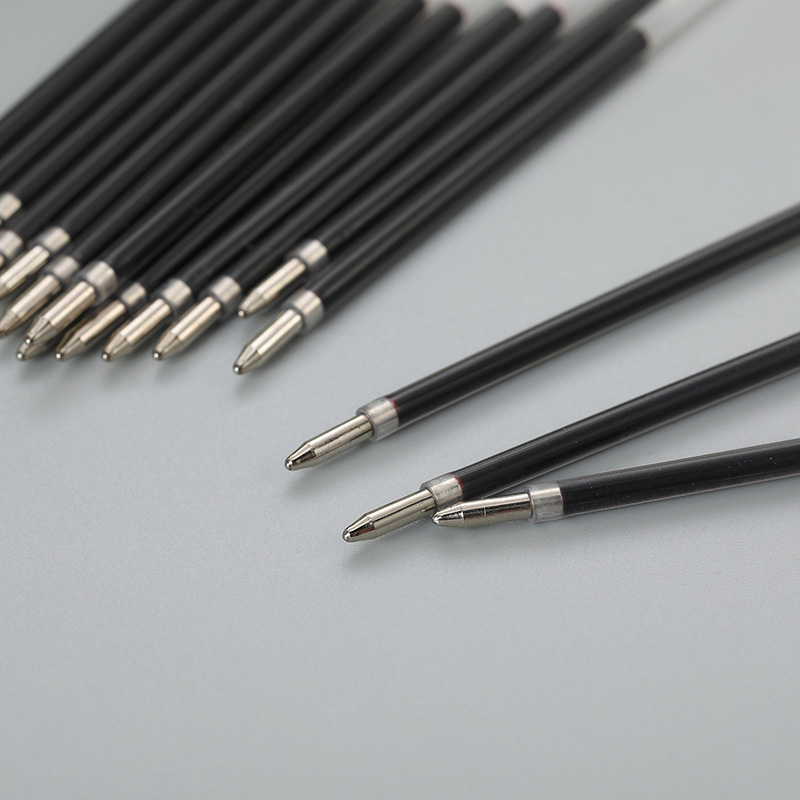In a world where sustainability, cost-efficiency, and user experience are driving purchasing decisions, ballpoint pen refills are quickly emerging as a key growth area in the writing instrument market. Once considered a minor accessory, refills are now at the forefront of innovation and environmental awareness, with consumers and organizations alike embracing them as smarter, more responsible alternatives to disposable pens.
As refillable pen systems gain popularity, manufacturers are stepping up efforts to refine refill quality—improving ink performance, enhancing compatibility, and developing more durable, user-friendly options. The result is a resurgence in refill sales and a shift in consumer attitudes toward long-term value and environmental stewardship.
A Shift Toward Refillable Writing Tools
Historically, ballpoint pens were often treated as single-use items—used until the ink ran dry, then discarded. But rising concern about plastic waste and throwaway culture has prompted a rethinking of this model. Refillable pens are now viewed as both cost-effective and eco-conscious, reducing landfill waste and encouraging long-term product use.
Corporate buyers, schools, and environmentally aware consumers are increasingly opting for refillable pens that can be topped up with compatible cartridges. As a result, demand for reliable, high-performance ballpoint pen refills has surged. Industry analysts project steady market growth for pen refills through 2028, particularly in regions with strong sustainability regulations or education-focused procurement.
Performance as a Priority: Ink Flow and Ball Bearing Precision
Refill quality has become a key differentiator in the market. Unlike disposable pens, where users expect a basic, short-term writing experience, refill users prioritize ink consistency, smoothness, and longevity.

Top-tier refills are now engineered with advanced ball bearing mechanisms that regulate the flow of ink with precision. A well-designed ball tip ensures a smooth, uninterrupted line, avoiding the frustrating skips, blobs, and ink pooling that plagued earlier-generation products. Whether used for note-taking, signing documents, or detailed writing, high-performance refills deliver a level of reliability that keeps users loyal to refillable systems.
Manufacturers are investing heavily in ink formulation, creating low-viscosity oils that allow for smoother flow, faster drying times, and richer pigment saturation. Some premium refills also offer archival-grade ink—resistant to fading, smudging, and water damage—for legal or long-term documentation.
Versatility and Compatibility
One of the biggest appeals of ballpoint pen refills is their cross-brand compatibility. Standardized refill sizes, like the Parker-style G2 refill or ISO-certified types, allow users to interchange refills between different pen bodies, promoting flexibility and brand crossover.
This interoperability not only benefits the consumer by increasing their options, but also supports retailers who can offer fewer SKUs while serving a broader range of pen types. In response, some pen manufacturers are partnering with refill specialists or releasing proprietary refills that combine universal fit with tailored ink benefits.
For customers, this means more control over their writing experience—they can pair a pen body with a refill that suits their personal writing style, whether that’s fine-tipped for precision work or broader strokes for bold signatures.
Sustainability as a Competitive Edge
Environmental concerns are no longer a niche issue in the pen industry—they’re a competitive advantage. Ballpoint pen refills represent a clear solution to the problem of pen waste, which contributes significantly to global plastic pollution. According to environmental organizations, billions of disposable pens are discarded annually, many ending up in landfills or oceans.
Refills reduce the frequency of full-pen disposal, and many are now manufactured with recyclable components and low-impact materials. Some brands have even introduced bio-based or compostable refill casings, appealing to the growing zero-waste movement.
Large buyers—such as government agencies, schools, and corporations—are increasingly including refillable systems in their procurement policies as part of ESG (Environmental, Social, and Governance) commitments.
Consumer Education and Retail Strategy
Despite their benefits, many casual pen users are still unaware of the advantages of ballpoint pen refills. To address this, manufacturers and retailers are investing in educational content, in-store displays, and e-commerce filters that help guide buyers toward compatible refills.